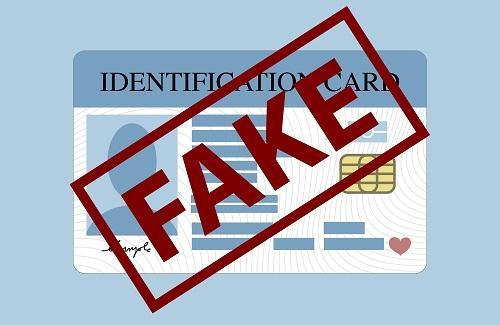Businesses who provide regulated products are at risk of facing legal consequences because of a fake ID. Hackers, fraudsters and scammers evolve at nearly the same rate as technology; because of this, web and physical business entities should periodically update their security procedures.
How To Check Identification
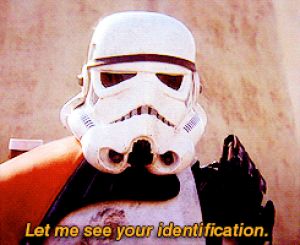
In all legalized states, dispensaries are obligated to confirm customers are 21 or older. Customers under 21 may only enter if they are authorized medical patients according to state requirements. IDs are driver’s licenses, passports, etc as long as it is government issued and includes a photo. Failing to enforce this law can incur hefty fines, revocation of your license to sell and even jail time. Your establishment may get some leeway if the customer’s fake ID was realistic. However, you must be able to show you took precautions.
Employees should memorize the birth year for newly turned 21-year-olds. As well as consider the month to avoid accidentally clearing a 20-year-old who is almost of age. Government issued IDs have a number of security features, varying by state. Therefore, some companies find it prudent to purchase ID checking guides to act as a reference. Legitimate IDs may include some of the following features:
- Kinegram – A watermark like image that changes color and image when tilted.
- Laser Perforation – A shape (eg. state silhouette) is perforated into the card and visible when held up to light.
- Tactile Features – Data features can be felt on the card. Such as the card holder’s initials and year of birth in the ID photo.
- Laser Write – The card holder’s initials and year of birth may be seen in the Kinegram when back lit.
- Ultraviolet (UV) ink – Many watermarked images on the card are designed with UV ink. This will glow under a black light.
- Multiple Data Placements – Cardholder data is displayed in the front and back of the card.
- Two Bar codes – The 1D and 2D bar codes contain embedded information specific to that cardholder.
Identifying a Fake ID
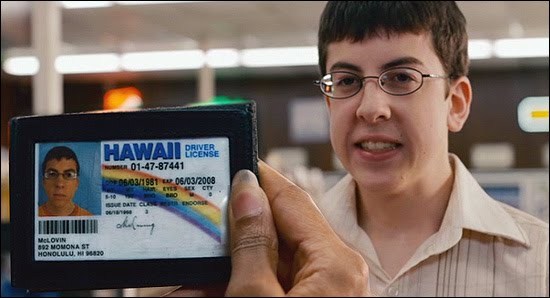
Looking may not be enough since fraudulent manufacturers constantly improve their methods of replication. This makes it crucial to study legitimate IDs. Identification Systems Group came up with a useful acronym: F.L.A.G. Feel, look, ask, give (back to the person or authorities).
FEEL
Many students do not have the funds to spend lavishly on a fake ID. Therefore, they will often pool with friends to buy them in bulk from cheap providers. Low quality IDs display telltale signs in their own manufacturing. Look for imperfections such as bubbles, pin holes, rough edges or thick lamination. Take notice of small details, such as the aforementioned ID security features. It may be a good idea to carry a small black light for possible UV features. See if these features are in good quality and do not scratch off. Also you may tilt the ID in the light to ensure the validity of the holograms and textures. IDs may be real but altered (i.e. pasting a photo on top of the original). Feeling and even slight scratching might be useful here.
LOOK
Look at the person and the information on the ID. Some information you can confirm with good judgment. Traits such as hair and eye color can be changed. Draw your main focus on permanent features, such as eye positioning and shape, hairline, nose, mouth, etc. Observe quirks such as dimples or face asymmetry. Some fake ID providers may make simple errors, such as misspellings, or fail to take notice of informational details. For instance, some ID numbers are generated by using state, name, birthday info and follow a certain alpha-numerical pattern.
ASK
Fake IDs can be real in the sense they are made and issued by the government; However, they don’t belong to the person in front of you. Some borrow IDs from friends or relatives others buy from thieves. This is where asking questions can reveal authenticity. A person may have memorized the personal info on the card, so more obscure questions may be needed. For example, questions about their horoscope, high school graduation year, or zip code. You may also request another form of ID to verify.
GIVE
After determining a customer is providing a fake ID you may refuse service. As well as find it prudent to alert other employees and document the event.
Medical Cannabis Cards
Medical cannabis privileges and access are taken seriously by the government. To obtain access, states mandate the person must see a doctor for written certification. Some require the patient and doctor must have a pre-established relationship. Often the patient will need to sign up to a state registry or other government records program. After, the qualifying individual will be assigned a medical cannabis ID. Marijuana dispensary employees are also required to carry registration cards when entering and working. States have different medical marijuana identifying cards. Therefore, security personnel should become familiar with the identifying marks on these as well.
Confiscating a Fake ID
With legitimate reason to suspect a fake ID, you may confiscate a counterfeit if it’s safe to do so. Alternatively, you can take a photocopy of the ID to report to authorities. You can also call the customer’s bluff by call your superior over or simply refuse service.
Common Mistakes
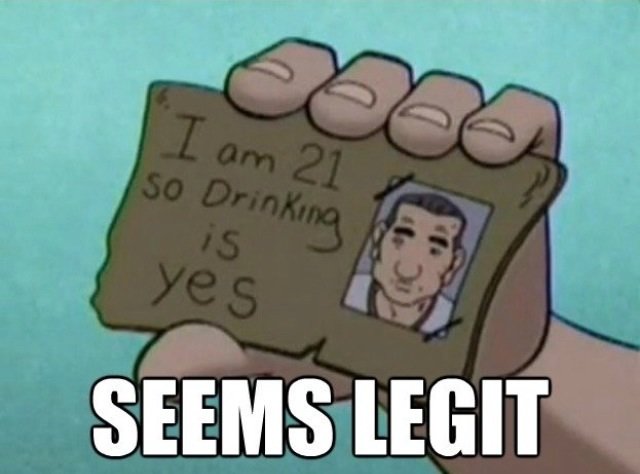
- Never accept a card displayed in a wallet;
- Do not accept an ID based on the photo similarity;
- When asking confirmation questions, remember more obscure questions may be necessary;
- Do not accept an expired ID;
- Inspect in addition to scanning the bar code. A fake ID can have legitimate bar codes and information embedded in them;
- Be wary if the ID features the text “Duplicate,” “Temporary” or “For novelty use only;”
- Verify even if the person looks over 21.
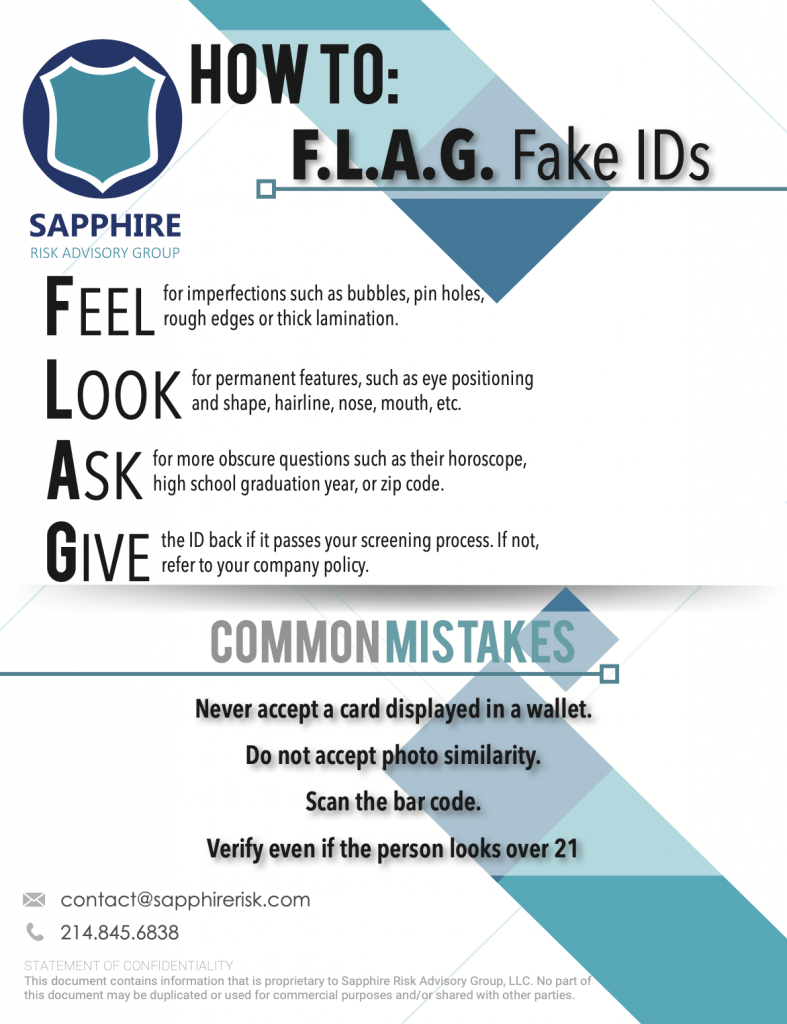
How can Sapphire Risk help?
Tony Gallo and the team at Sapphire Risk Advisory Group has over 30 years of security experience and expertise. Follow us on Facebook or connect with us on LinkedIn to receive further security updates.
Download our free PDF poster on how to identify a fake ID as well as the common mistakes. Use this in your store to communicate with your employees to ensure you do not become a victim to someone else’s crime.
To further protect your business, check out some other relevant articles for more industry news:
There’s more to preventing robbery than removing window coverings: expert
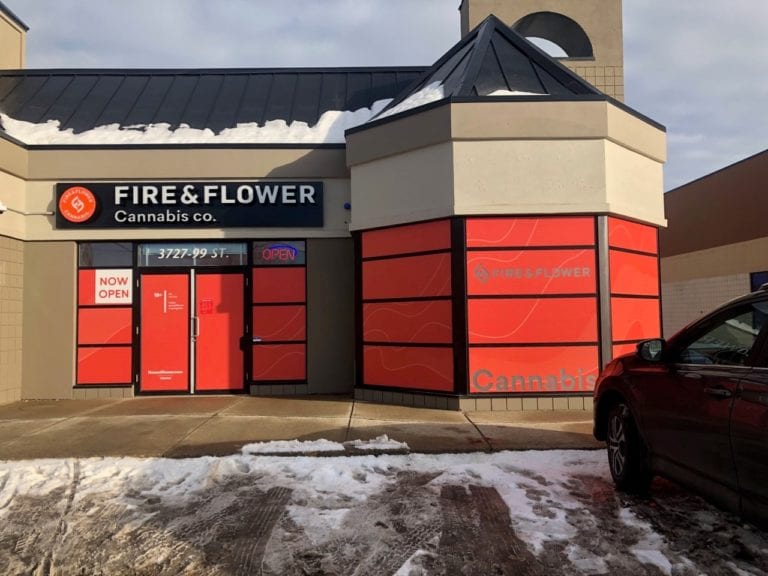
How to Prepare Your Business for a Natural Disaster

How Can Dispensaries Protect Themselves from Looters?


